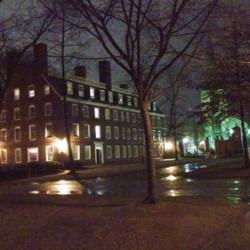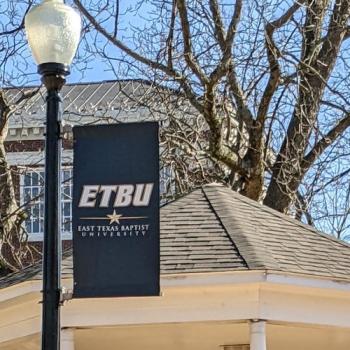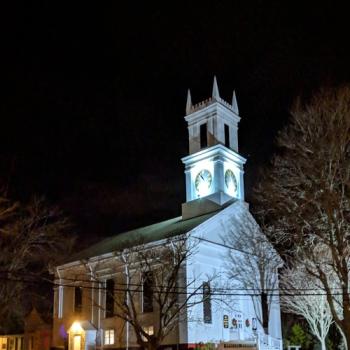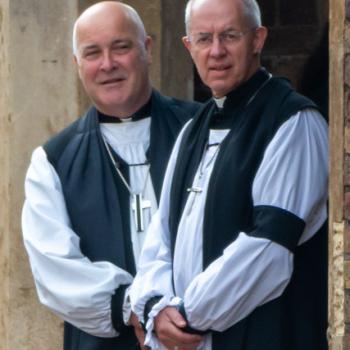Perry Glanzer is one of the foremost scholars of Christian higher education, and, as I understand it, a bit of a thorn in the side of the Baylor administration, pushing for the university to lean into its Christian identity. In November, along with a Baylor postdoc (Theodore Cockle) and PhD student (Jessica Martin) he put out a new guide to Christian higher ed called Christian Higher Education: An Empirical Guide, published by ACU Press.
I was intrigued to read it when I found out about it, curious how my own school, LeTourneau University, stacks up to other Christian colleges according to Glanzer’s metrics. The whole project is really quite fascinating, considering the full scope of the “Christian” college complex, from formally mainline Protestant colleges whose denominational affiliation is little more than an historical identifier, to Catholic colleges of all kinds, and, unsurprisingly, at the most assertively religious end of the spectrum, evangelical colleges of all kinds.
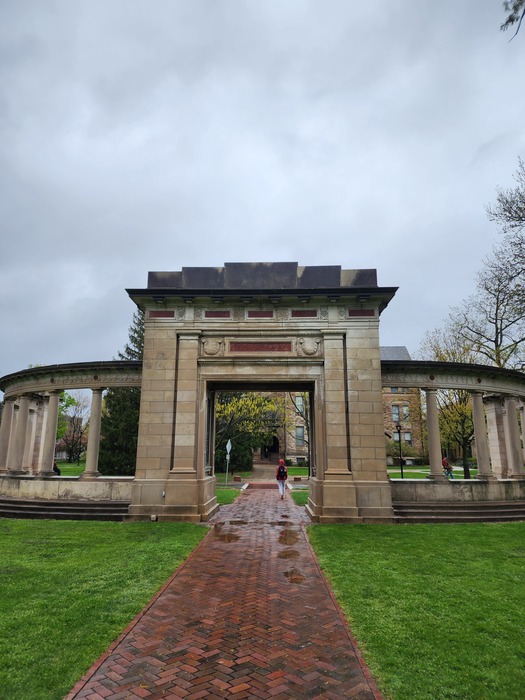
A Significant Accomplishment
I found the book a bit of a mixed bag. On the one hand, I really appreciated the authors’ efforts to quantify the extent to which colleges turn their religious identity into concrete policy decisions, hiring requirements, curricular standards, and online advertising taglines. In doing this quite consistently across all kinds of Christian colleges, they made me realize that a group of colleges which may, on the surface, seem quite homogenous (e.g. the CCCU schools) actually follow a fairly wide range of approaches to things like required religious coursework. Especially because very few of us will be familiar with the full spectrum of colleges, this is quite a significant accomplishment that clearly took a lot of legwork.
…But One in Need of Revision
On the other hand, I wasn’t sure whether I could really trust the list, because when I checked LeTourneau’s rating (a relatively high 19, but still well shy of Biola’s 26), I found that my college was described as only accepting Christian students. I know for a fact that this is not true and I’m not sure where Glanzer and his collaborators got the idea (perhaps a misreading of our community covenant?).
Glanzer’s online version of the guide is riddled with silly little errors: Pentecostal is spelled “Pentacostal” multiple times, Indiana Wesleyan is “Indiana Weslyan,” John Brown University is in Siloam Springs, Alaska, Montana Christian College is inexplicably listed twice (once ranked 7th, then ranked 255th), and so on. Rather than ranking all the schools with the same number of points at the same level, they are ranked first on points, then alphabetically (I was unaware that being closer to A than Z marks an institution as more pious).
When I looked more closely at the school evaluations, I found that even the most conservative schools supposedly have non-Christian religious organizations on campus. Every school also seems to be listed as requiring 10 “Christian courses.” Because these differ from the statistics in the book, my best guess is that both of these are the result of some kind of error in the online database.
Catholic Colleges That Don’t Pass the Sniff Test
I have not analyzed the list’s methodology in depth, but I also thought that some of the rankings of Catholic colleges seemed not to pass the sniff test. Belmont Abbey College gives off quite conservative Catholic vibes, especially in its great books program, (see the Newman Guide’s endorsement) but in Glanzer’s ranking scores a 13.5, tied with Boston College. The University of Dallas (also endorsed by the Newman Guide) has a similarly conservative reputation, including a graduate program specifically targeted at training faculty for classical Christian schools, but Glanzer gives it a 12, equivalent to Gonzaga or Lewis University. I wonder if the culprit here, in part, is that these colleges require only two theology classes, but then also demand (respectively) 2 and 3 philosophy classes, which are likely quite Catholic in content but presumably not counted in Glanzer’s list.
In itself, this seeming disconnect is not a reason to discount Glanzer’s guide, but taken in concert with some of the other errors, I worry that this book and the accompanying list were released while they were still half-baked. Especially because this is being promoted on venues like The Gospel Coalition as an authoritative guide and trumpeted by Biola, I’m concerned that it could easily be giving prospective students a bit of a faulty view of Christian higher ed. I appreciate the effort, but I think some revision is necessary for the project to really succeed.




